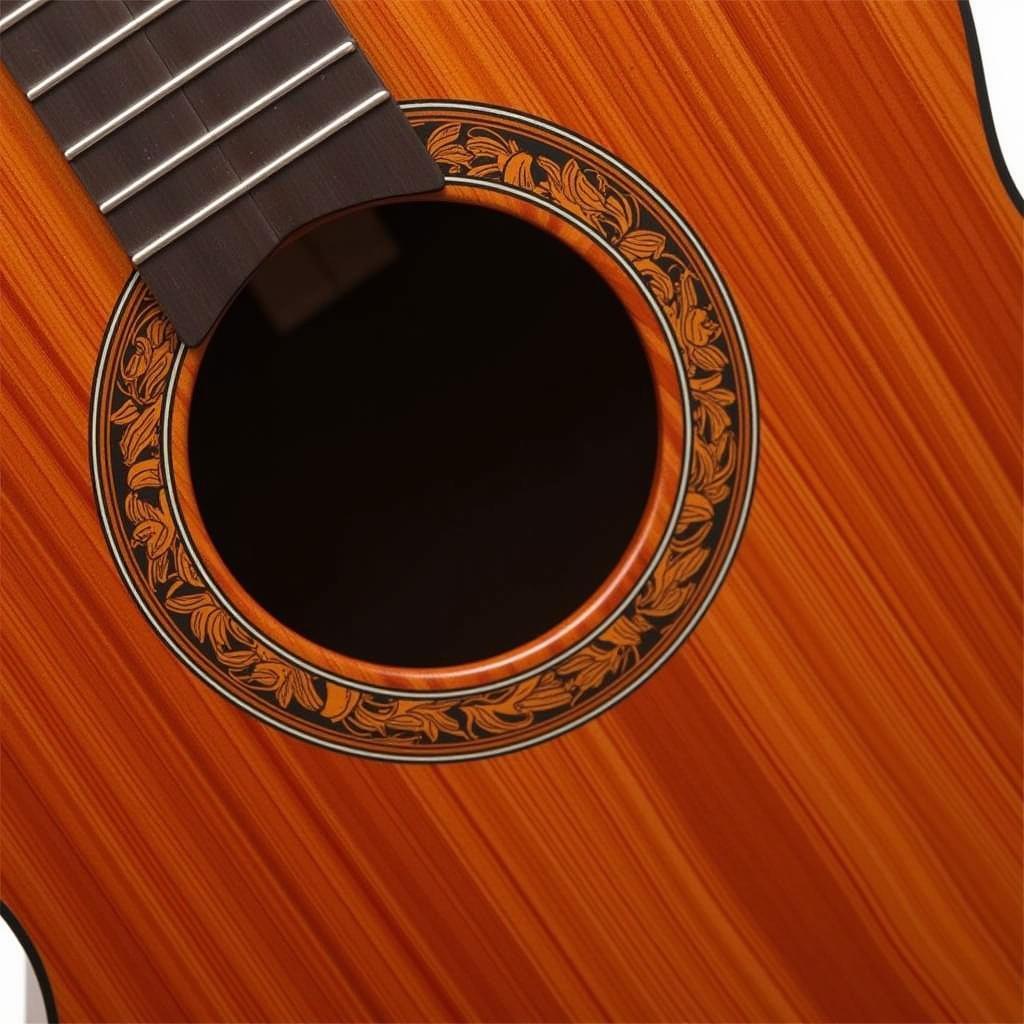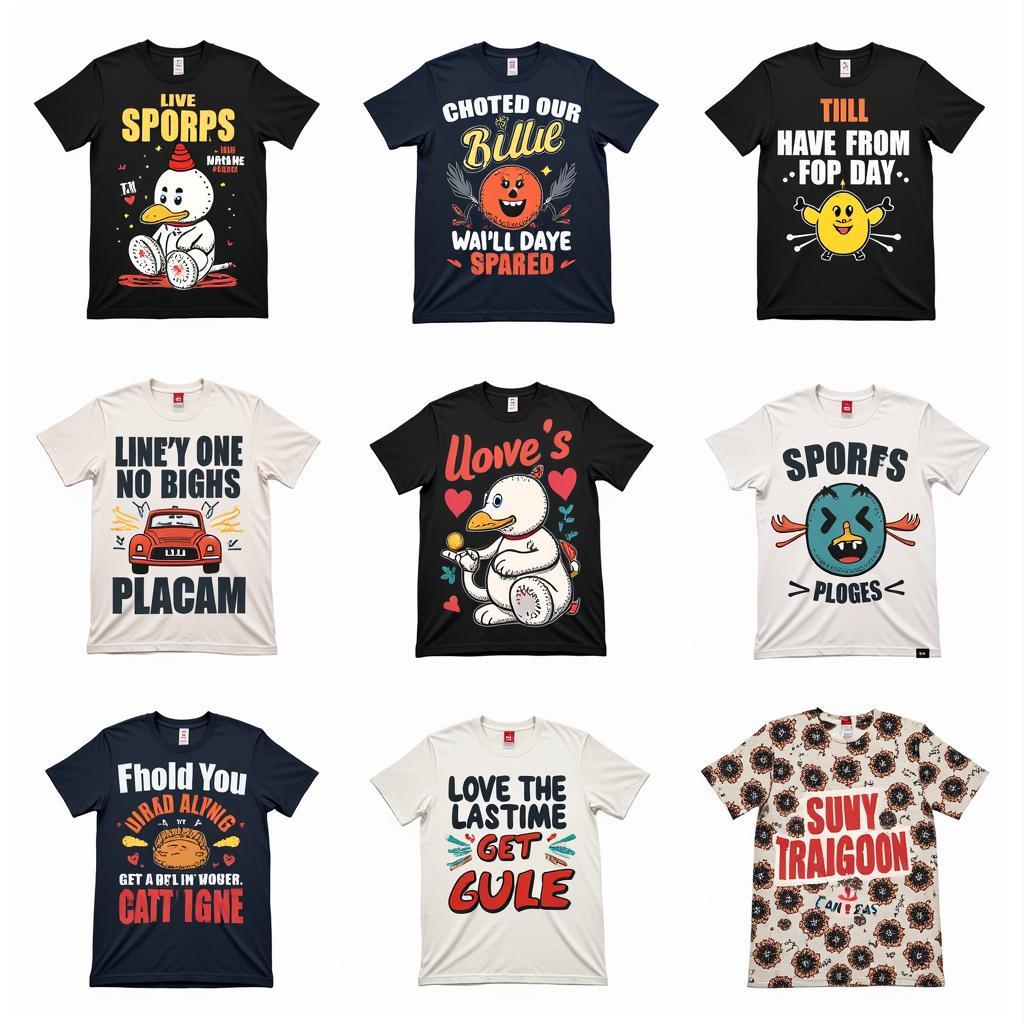Dog Sculpture Art: A Guide to Capturing Canine Character in 3D
Dog Sculpture Art encapsulates the undeniable charm and spirit of our canine companions in tangible form. Whether sculpted from clay, cast in bronze, or welded from metal, these three-dimensional tributes celebrate the unique beauty and personality of dogs. This guide will delve into the world of dog sculpture, exploring its history, diverse forms, and the techniques used to bring these furry muses to life.
A Brief History of Dog Sculptures
Dogs have held a special place in human society for millennia, evident in the artistic representations dating back to ancient civilizations. From the stylized ceramic figures of pre-Columbian cultures to the majestic hunting dogs immortalized in Egyptian tombs, these early works demonstrate the enduring bond between humans and their canine counterparts.
The Renaissance period saw a renewed interest in naturalism, leading artists to depict animals with greater anatomical accuracy and expressiveness. art dog sculpture flourished during this time, often featured in grand sculptures and paintings alongside their human companions. Think of the proud hunting dogs accompanying noblemen in Baroque art – a testament to their valued status.
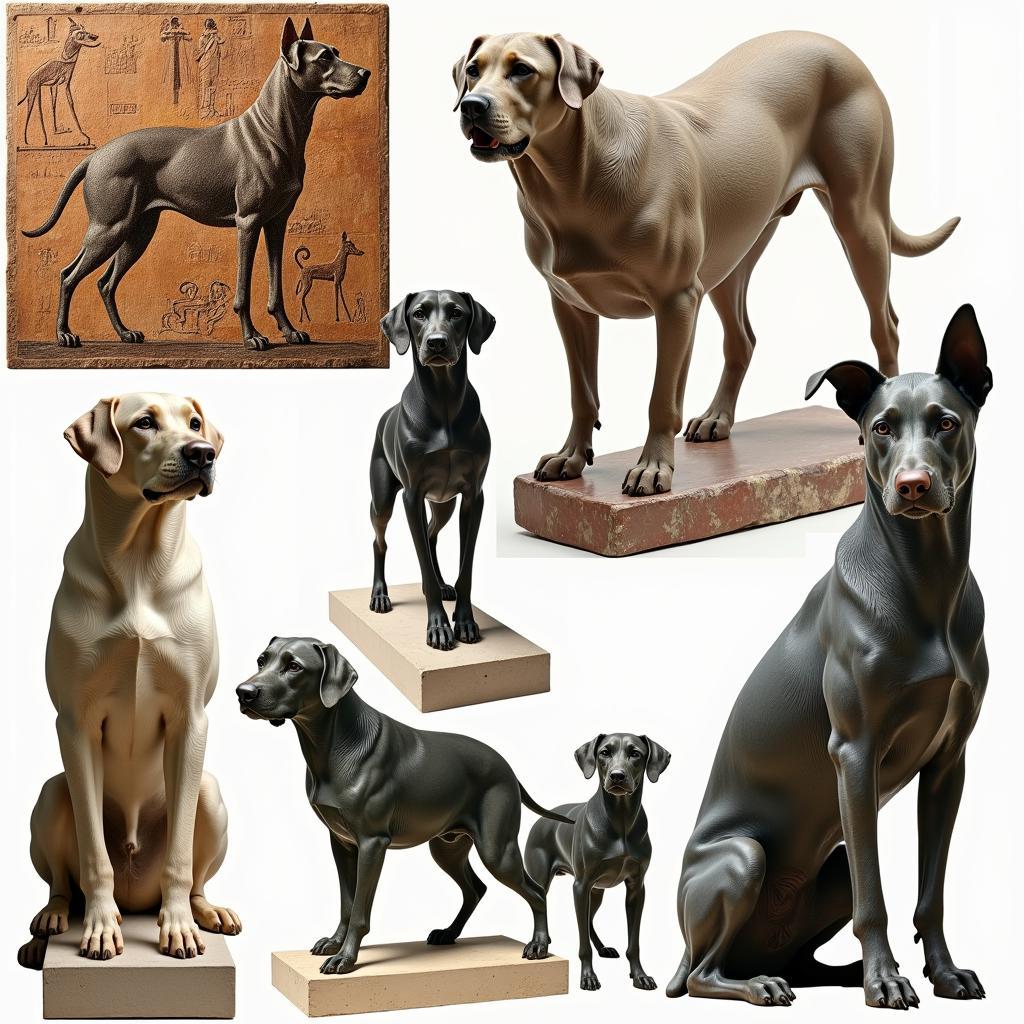 Dog Sculptures Through the Ages
Dog Sculptures Through the Ages
Styles and Materials: Exploring the Diversity of Dog Sculpture Art
Dog sculpture art is as diverse as the breeds it portrays. Artists utilize a vast array of materials and styles to capture the essence of their subjects, ranging from realistic portrayals to abstract interpretations.
Realistic Dog Sculptures: A Celebration of Canine Anatomy
Realistic dog sculptures strive for anatomical precision, meticulously recreating every detail from the curve of a Labrador’s tail to the intense gaze of a German Shorthair. Artists specializing in this style often spend countless hours studying canine anatomy, using their knowledge to breathe life into their creations.
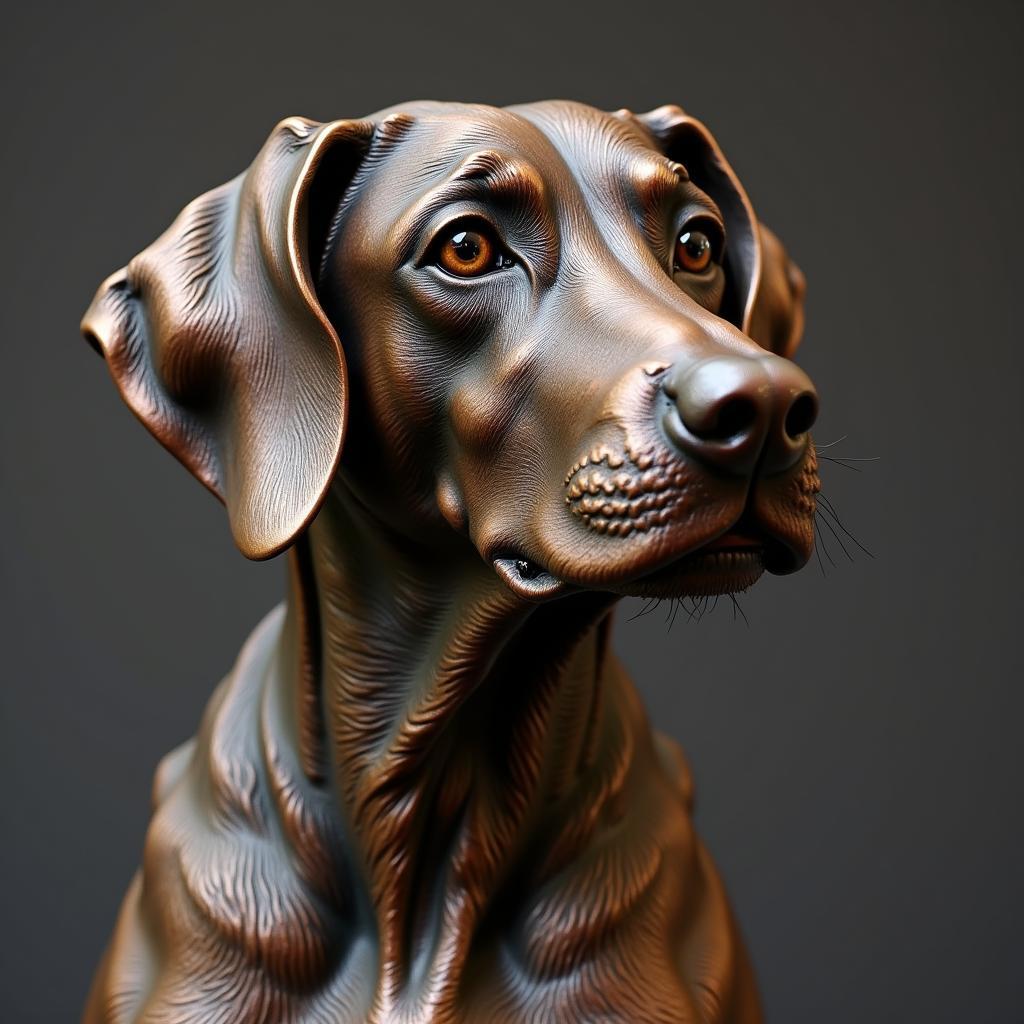 Realistic Bronze Dog Sculpture
Realistic Bronze Dog Sculpture
Whimsical and Stylized Dog Sculptures: Embracing Artistic Expression
Other artists embrace a more whimsical or stylized approach, employing exaggeration, humor, or abstract forms to evoke a particular mood or highlight specific canine characteristics. These sculptures might feature elongated limbs, oversized paws, or simplified forms that capture the essence of a dog’s spirit rather than its physical likeness.
Materials: From Traditional to Unexpected
The choice of material significantly influences the final aesthetic and feel of a dog sculpture. Bronze, with its timeless elegance and durability, remains a popular choice for monumental works. Wood carving allows for intricate detailing and a warm, organic feel, while ceramic offers endless possibilities for color and texture.
dachshund metal art offers a unique blend of industrial aesthetic and playful charm. Contemporary artists continuously push boundaries, experimenting with unconventional materials like recycled metal, found objects, and even light to create captivating and thought-provoking works.
The Creation Process: From Inspiration to Final Masterpiece
The creation of a dog sculpture is a labor of love, often involving multiple stages and meticulous attention to detail.
1. Finding Inspiration: The Spark That Ignites the Creative Flame
For many artists, inspiration stems from a deep love and appreciation for dogs. A particular breed, a beloved pet, or simply the captivating gaze of a dog in motion can ignite the creative spark.
2. Capturing the Essence: Sketches and Maquettes
Artists often begin by sketching their subject, capturing its posture, proportions, and personality on paper. These initial sketches then evolve into three-dimensional studies called maquettes, typically created in clay or wax.
3. Shaping the Form: The Art of Bringing Clay to Life
Once the maquette is finalized, the artist scales up their design, carefully shaping the chosen material into the final form. This stage demands a keen eye for detail, anatomical knowledge, and a mastery of sculpting techniques.
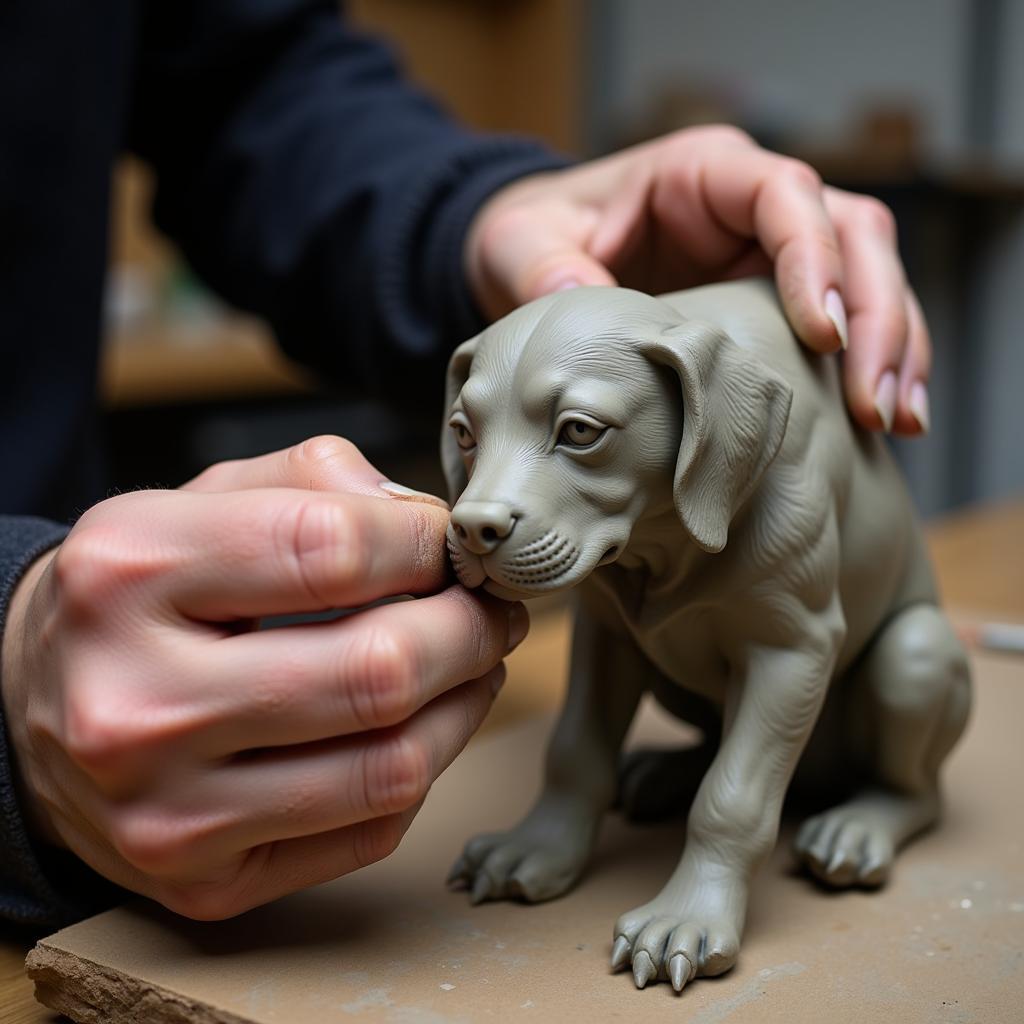 Sculptor Working on a Dog Sculpture
Sculptor Working on a Dog Sculpture
4. The Finishing Touches: Adding Texture and Patina
The final stage involves adding texture to the sculpture’s surface, recreating the texture of fur, skin, or other details. Depending on the material, artists might use various tools and techniques, such as carving, etching, or applying patinas to achieve the desired effect.
Dog Sculpture Art: A Celebration of the Canine Spirit
Dog sculpture art offers a unique way to celebrate the special bond between humans and their canine companions. These three-dimensional works of art capture the essence of dog breeds, personalities, and the joy they bring to our lives. Whether you’re drawn to the timeless elegance of bronze, the warmth of wood carving, or the contemporary flair of recycled metal sculptures, there’s a piece of dog sculpture art out there waiting to capture your heart.
FAQ:
1. What is the most common material used for dog sculptures?
Bronze remains a popular choice for its durability and classic appeal. However, artists use diverse materials like wood, ceramic, metal, and even recycled materials, each lending a unique aesthetic.
2. How can I commission a custom dog sculpture?
Many artists accept commissions to create personalized sculptures of beloved pets. Research local artists specializing in German shorthair art or dog sculptures in general, review their portfolios, and contact them directly to discuss your vision.
3. Where can I find dog sculpture art for sale?
Art galleries, online marketplaces like Etsy, and even some pet stores offer a wide selection of dog sculptures. Attending art fairs and festivals, like the Ocean Springs Spring Art Festival, can also be a great way to discover unique pieces directly from the artists.
4. Are dog sculptures expensive?
Prices vary widely depending on the artist’s reputation, the complexity of the piece, and the materials used. Small, handcrafted sculptures might start around a hundred dollars, while larger, more intricate pieces by renowned artists can fetch thousands.
5. How do I care for my dog sculpture?
The care instructions depend on the material. Bronze and metal sculptures might require occasional dusting and polishing. Wooden sculptures should be kept away from direct sunlight and extreme humidity. Always refer to the artist’s care instructions to ensure the longevity of your artwork.
Explore the World of Art with Danteum
For those interested in exploring other art forms that celebrate cultural heritage and artistic expression, we invite you to delve into the captivating world of Persian wall art. These intricate and vibrantly colored pieces offer a glimpse into the rich artistic traditions of Persia, adding a touch of history and elegance to any space.
For inquiries regarding dog sculpture art, art commissions, or any other art-related questions, feel free to contact our team at Danteum.
Contact us:
Phone Number: 02462573573
Email: danteum@gmail.com
Address: Savico Megamall, 7-9 Đ. Nguyễn Văn Linh, Gia Thụy, Long Biên, Hà Nội 10000, Việt Nam.
Our dedicated customer support team is available 24/7 to assist you.
